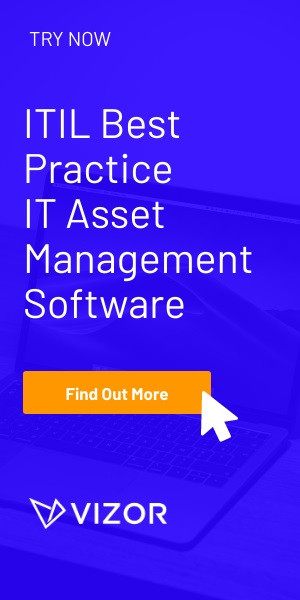Back to Basics: What is Software Optimization?
The process of software optimization involves a proactive approach to ensuring your organization has the optimal amount of licenses. As Software Compliance is ensuring you have enough licenses, Software Optimization can be seen as ensuring you do not have too many. There are four different concepts at play that form optimization: requirements, license ownership, inventory and usage.
Here are some questions to ask about your licenses that form these concepts:
- Which applications do you actually need, and how many copies of each?
- Which licenses do you own?
- How many licenses do you have installed?
- Is installed software being used?
- Are there spare licenses that could be re-deployed?
Here are the four steps to get you going for proper asset optimization:
1. Inventory – full hardware & software
2. Total license count
3. Examine license requirements – find past over-purchases and missing installations, then deploy or redeploy as required
4. Document all the usage information collected
To further your education on how to optimize software assets, watch our webinar, 5 Steps to Better Software Asset Management, HERE!
Do you need a tool to manage Software Licenses?





